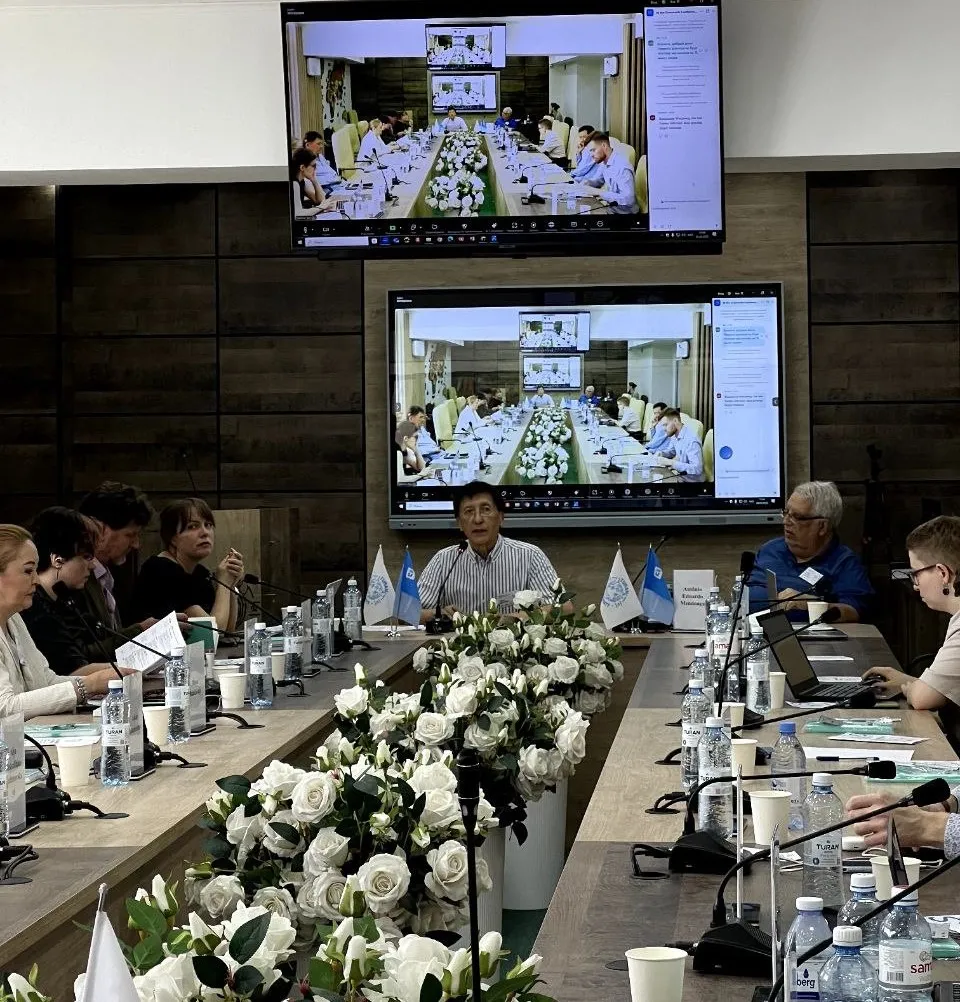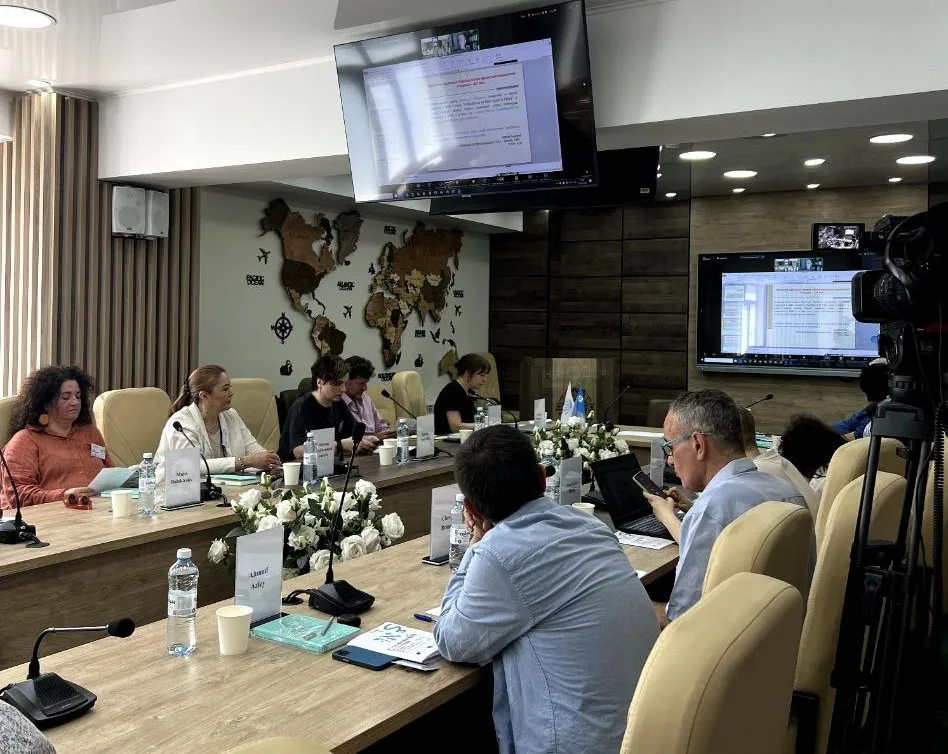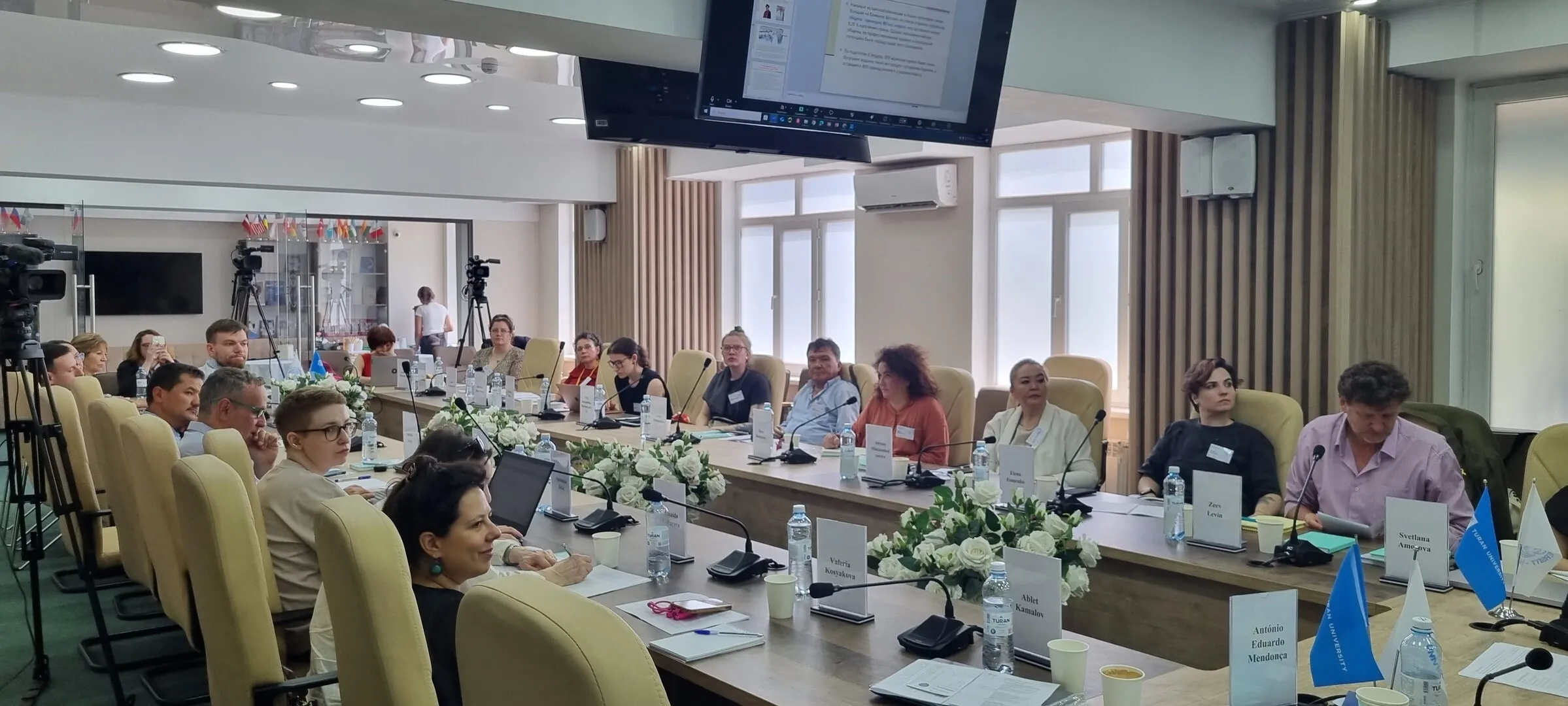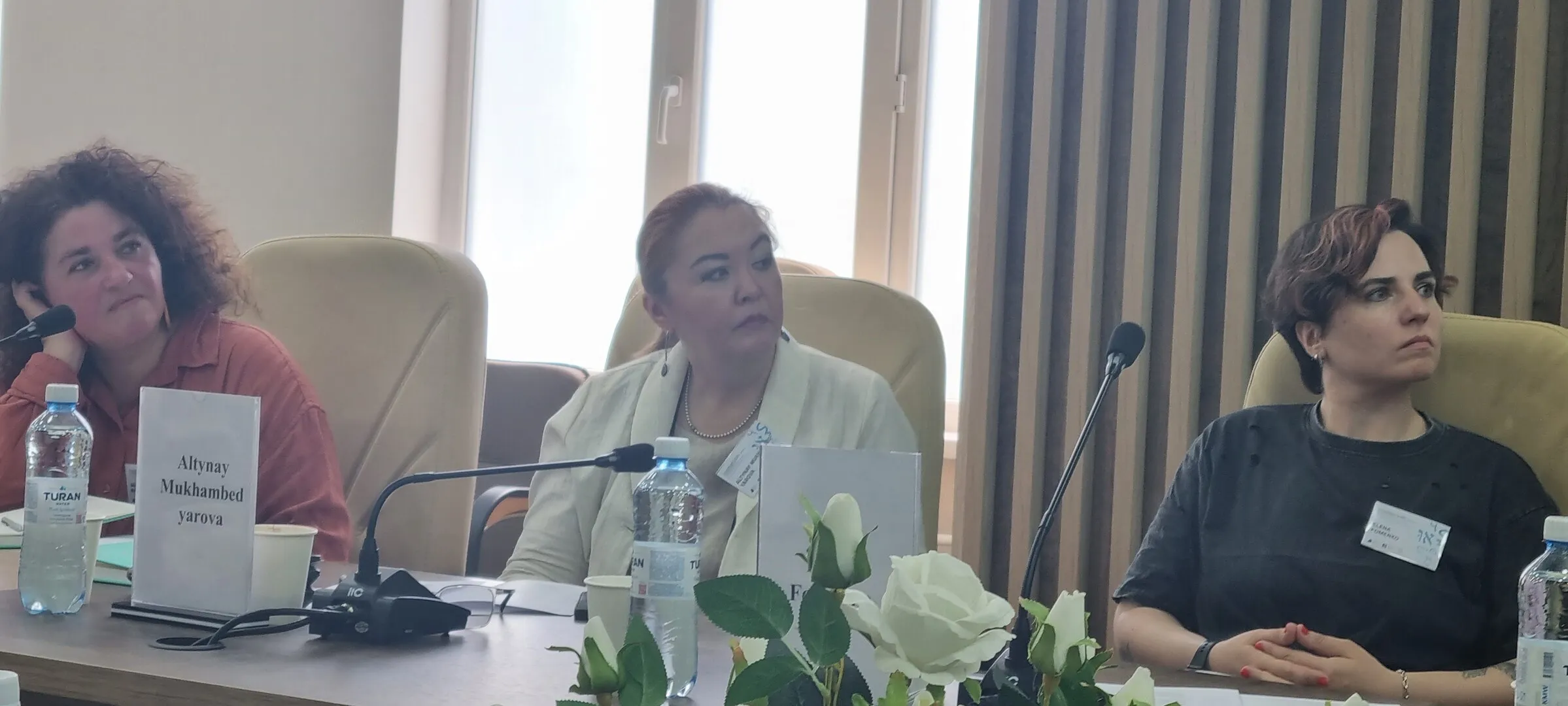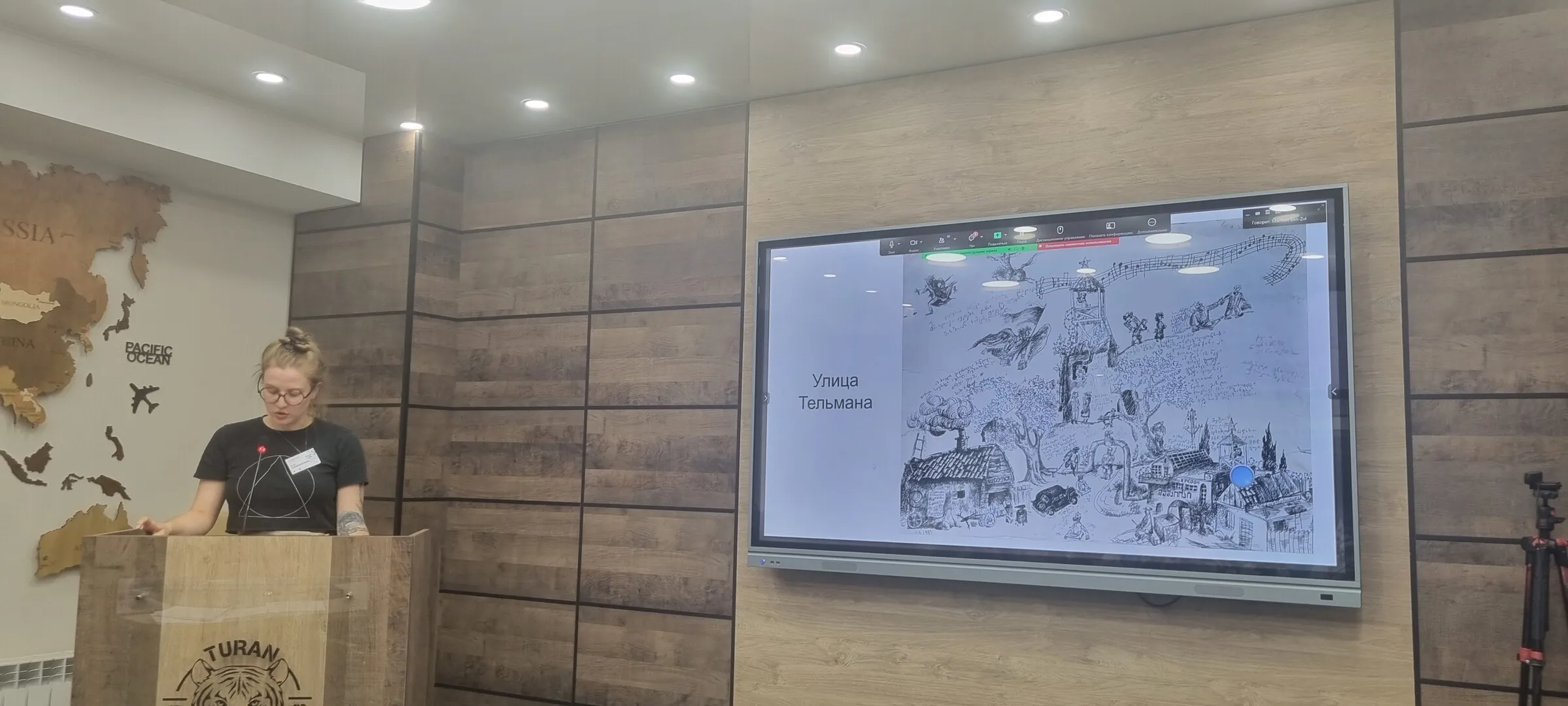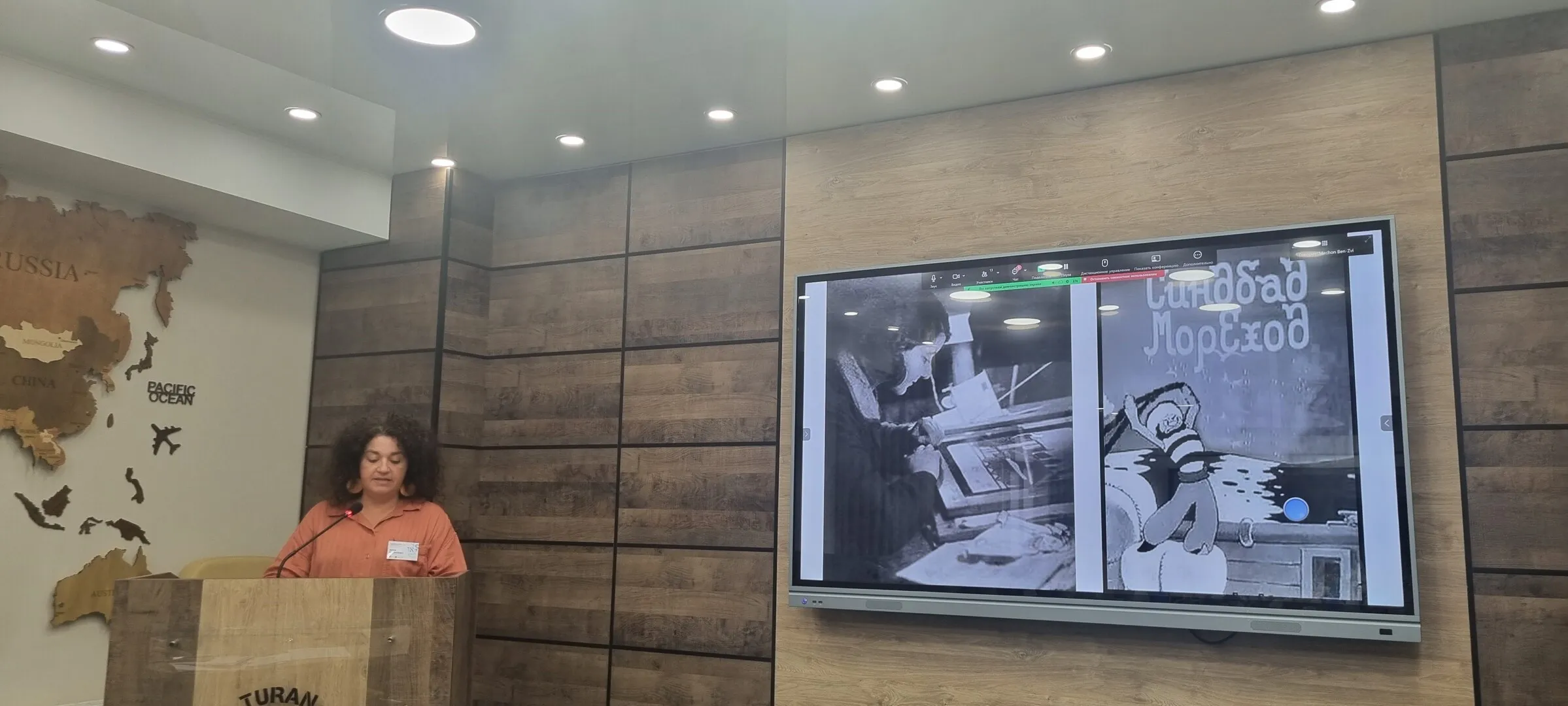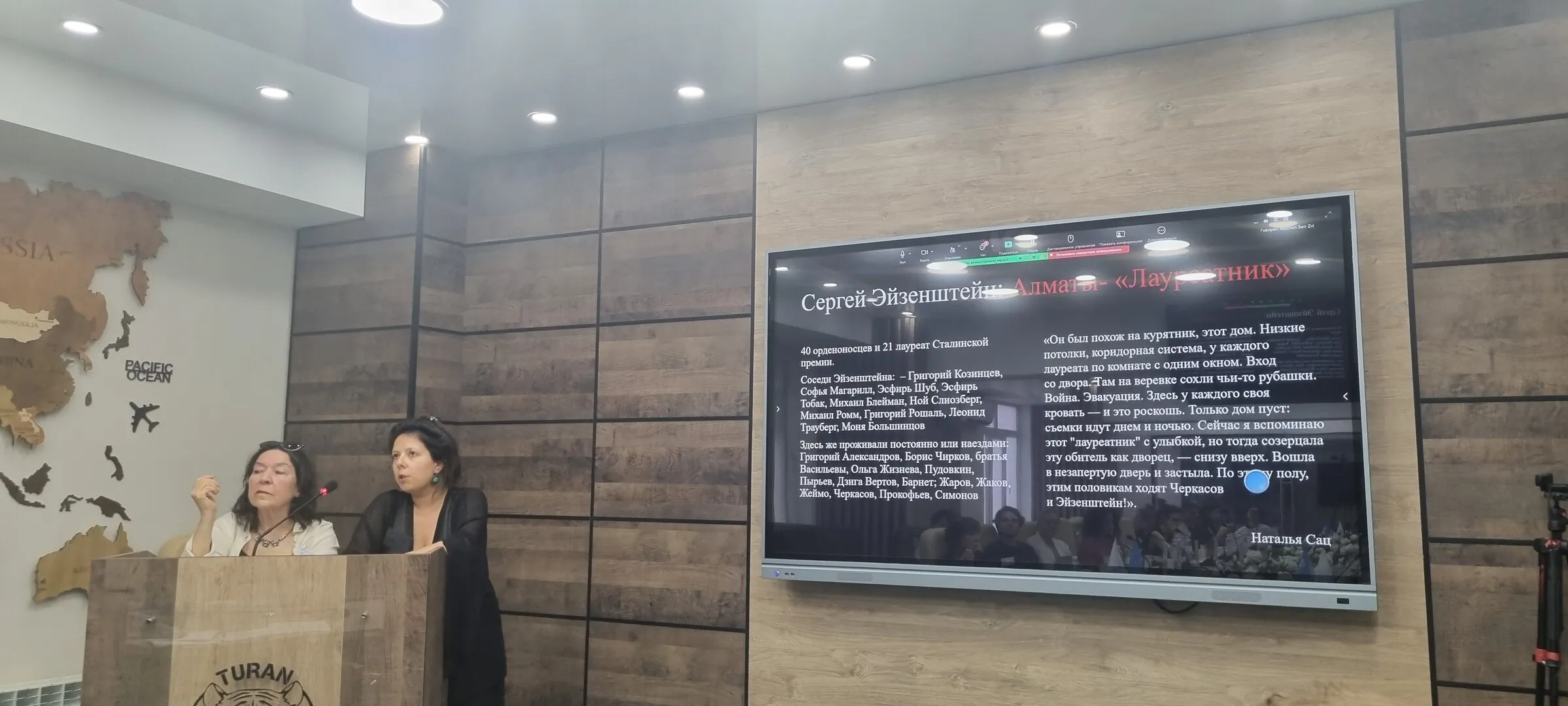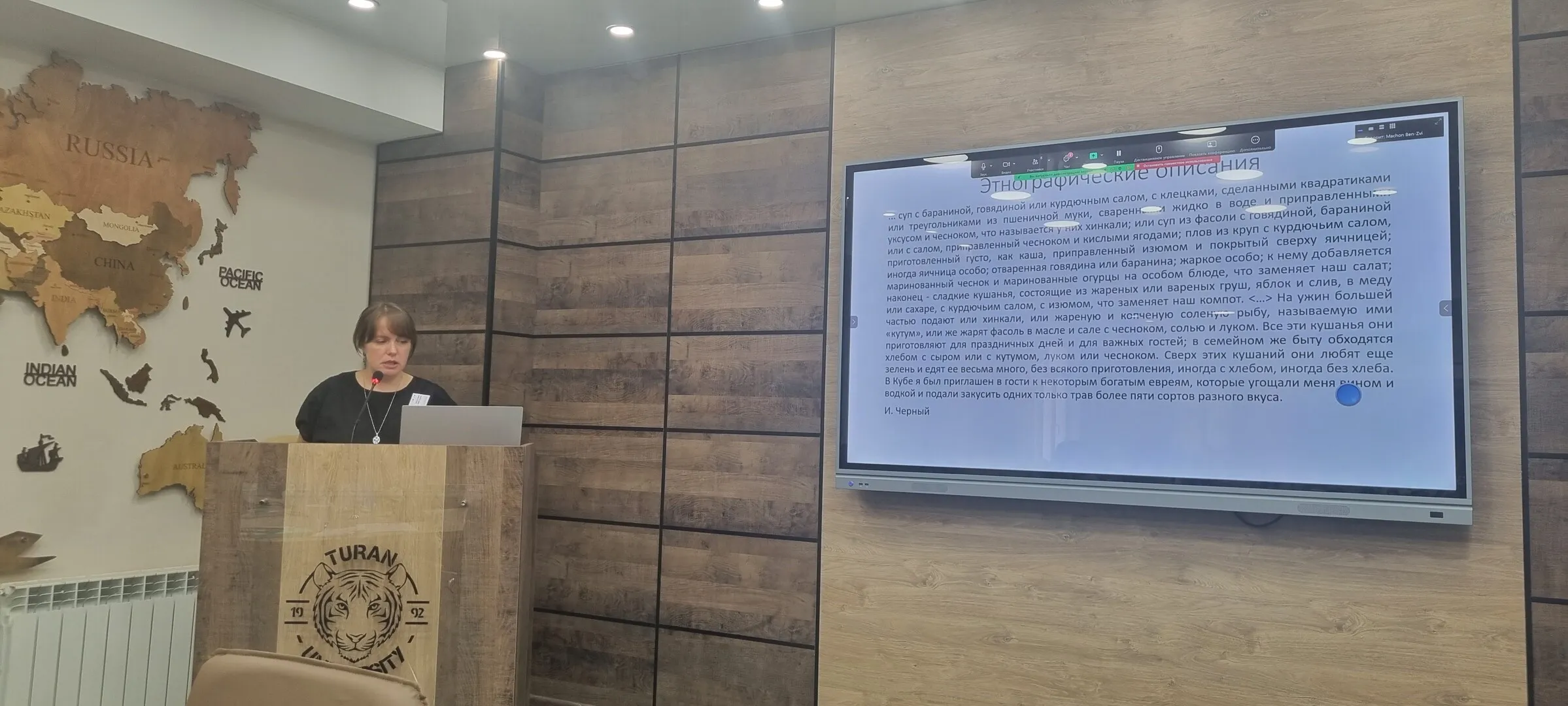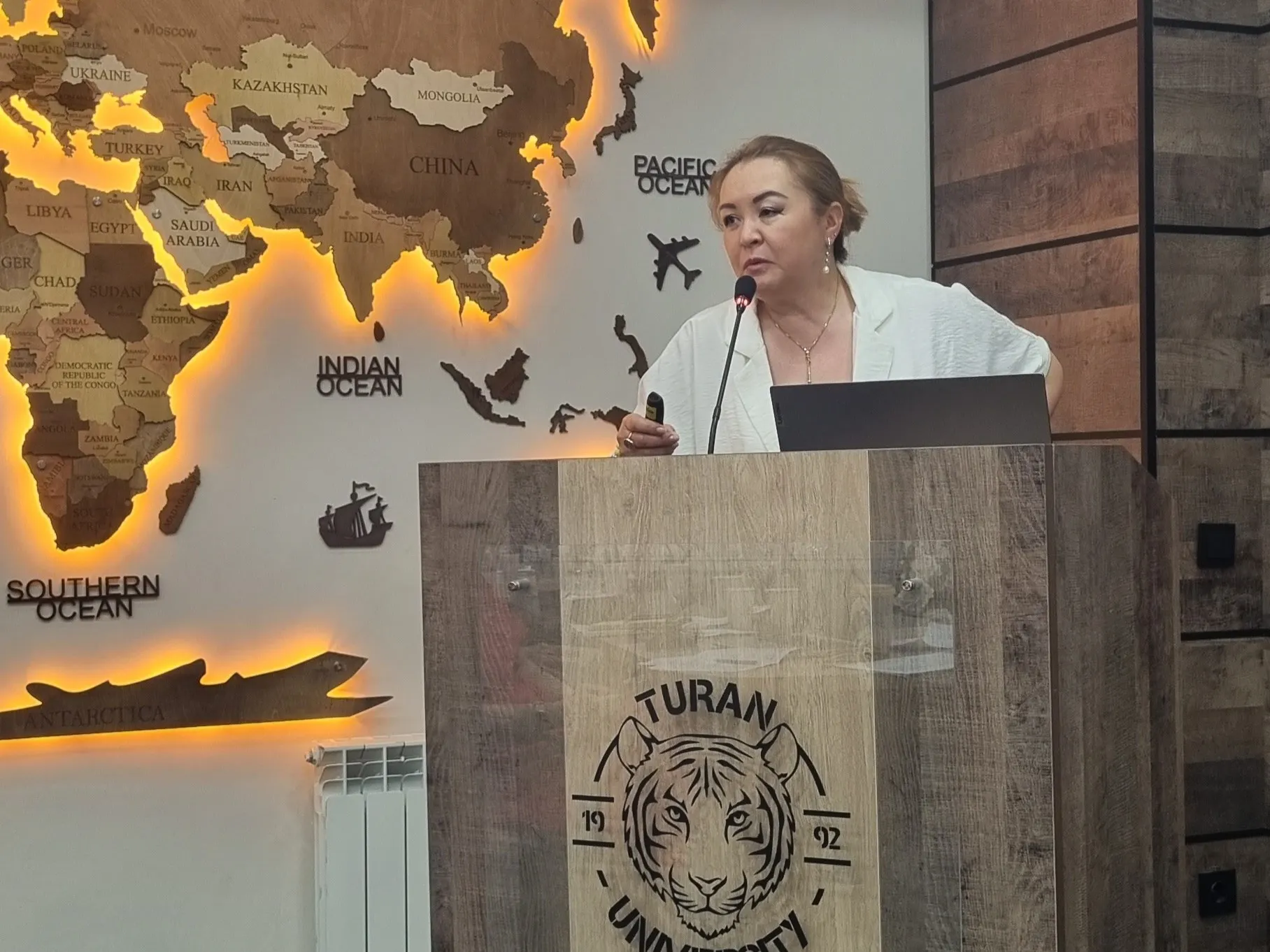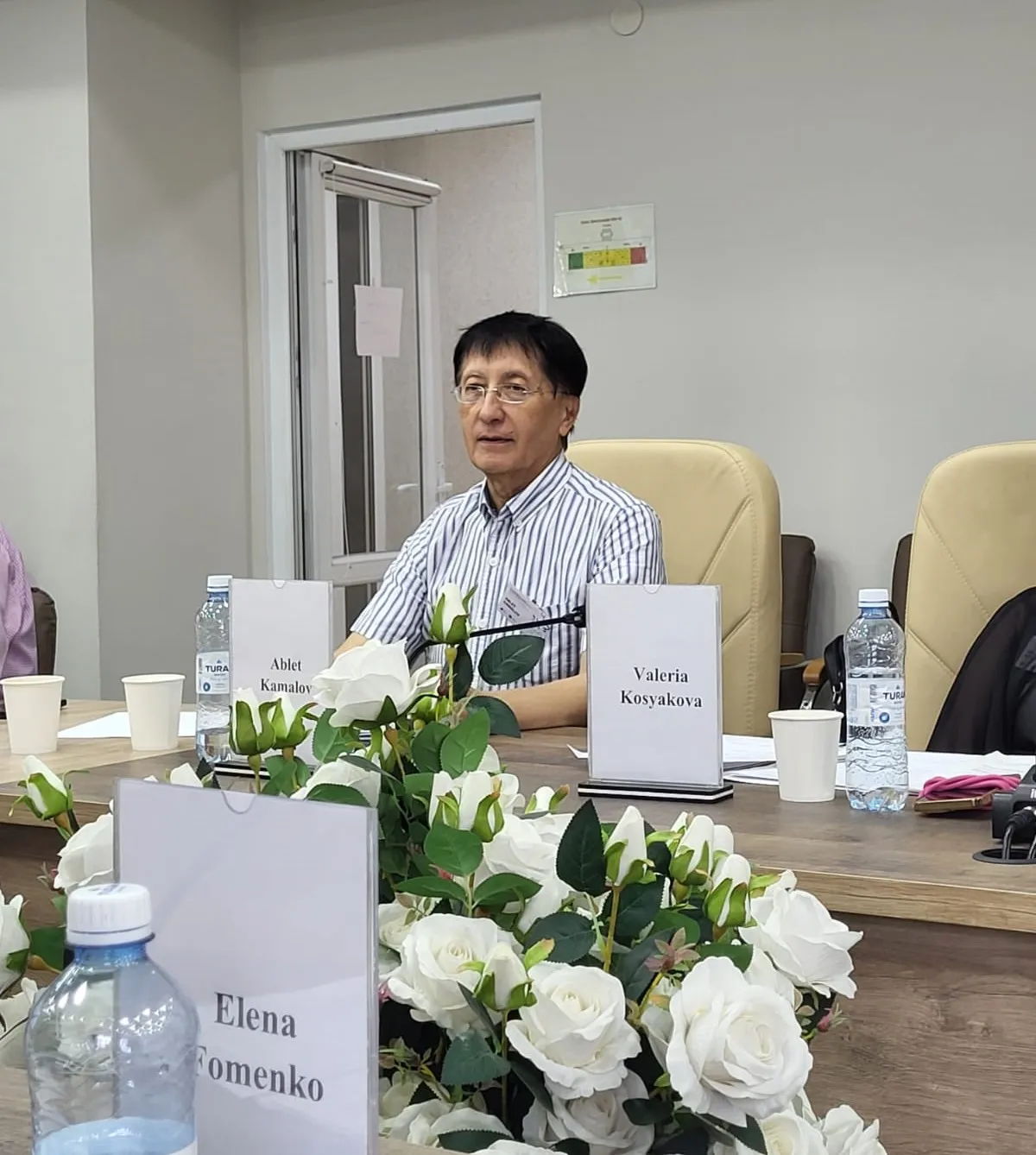Turan University held the III International Conference “At the Crossroads of Cultures: Jews of Central Asia and the Caucasus”
On June 6–8, 2025, Turan University successfully hosted the III International Conference “At the Crossroads of Cultures: Jews of Central Asia and the Caucasus”, organized by the Jewish Museum and Tolerance Center (Moscow, Russia), the Ben-Zvi Institute (Jerusalem, Israel) and Turan University. The first stage of the conference was held at the Jewish Museum and Tolerance Center in Moscow on June 4. The second stage of the conference was organized by the Center for Regional Studies at the Higher School of International Relations and Diplomacy of Turan University.
Holding an academic meeting of scholars dedicated to the history and culture of Jews in Central Asia and the Caucasus becomes a tradition: the first conference was held in Samarkand (Uzbekistan), the second meeting was organized in Tbilisi (Georgia), and the current one is conveyed in Almaty.
At six sessions at the conference at Turan University, 21 papers on various aspects of the history and culture of the Jewish communities of Central Asia and the Caucasus have been delivered. The Conference was opened by the Director of the Center for Regional Studies, Prof. Ablet K. Kamalov. The Director of the Higher School of International Relations and Regional Studies, Prof. Altynay T. Mukhambedyarova, greeted the participants on behalf of the University.
The organizers Svetlana N. Amosova, Director of the Jewish Museum and Tolerance Center, and Zeev Levin, Director of the Center for the Study of Jews in Central Asia and the Iranian Sphere, Ben-Zvi Institute for the Study of Jewish Communities (Jerusalem), also welcomed the Conference participants.
The conference began with a session on the history of Jewish communities in Central Asia and Iran. V. Mesamed (Israel) spoke about the Jews of Iran, Ahmad Azizi and Thomas Loy (both from the Czech Academy of Sciences) delivered papers respectively on Jews of Afghanistan and the newspaper of Bukharian Jews “Rahamim” published in 1910–1914.
A separate session was devoted to the history and identity of the mountain Jews of the Caucasus. Chen Bram from the Hebrew University (Israel) presented his analysis of the results of his fieldwork on the identity of the Jews of Abkhazia. Svetlana Amosova and Elena Fomenko reported on the gender aspects of the migration of mountain Jews in Russia. Semyon Padalko (St. Petersburg) reviewed the history of rabbis and priests in the mountain Jewish communities in the 1960s and 1980s. S. Amosova spoke about the peculiarities of the traditional cuisine of mountain Jews. A speech by N. Khan (Bishkek, Kyrgyzstan) was devoted to the history and current situation of the Jewish community of Bishkek.
The session on the role of Jews in the art of the peoples of Central Asia and the Caucasus discussed the papers delivered by Z. Gafurova and V. Kosyakova (Moscow), who talked on the Alma-Ata period in the life and work of S. M. Eisenstein during the Second World War, M. Balakirski’s paper (Bar-Ilan University, Israel), who discussed an animation during the evacuation and the work of the Brumberg sisters in Samarkand, and A. Aleksakhina-Kedrenovskaya (Tbilisi), who analyzed the memories of the Jewish quarter of Kutaisi by the Georgian artist and director Rezo Gabriadze.
A special session on political repressions, evacuation of Jews to Central Asia during the wartime discussed the papers by A. M. Dzhumashev from the Karakalpak Research Institute of Humanities, Nukus (Evacuation of Jews from the European part of the USSR to Karakalpakstan during the war), K. Rivchak from the State Archive of the Russian Federation, Moscow (Centralized accounting of the national composition of evacuated Soviet citizens in 1941), A. T. Mukhambedyarova from Turan University, Almaty (Personal files and forms of special settlers as a source for the rehabilitation of victims of political repression), Y. Karpenkina from the Higher School of Economics, Moscow (The life and survival of Polish Jews in Central Asia, 1941–1942).
At the session on the history of the Jewish communities of Central Asia, T. Doroshenko (National University of Uzbekistan, Tashkent) discussed the issue of Jewish refugees to Turkestan during the First World War, I. Vladimirski (Ahva Academic College, Israel) spoke about the contribution of Jewish scientists to the historiography of Kazakhstan, based on the cases of Yakov Davidovich Serovaysky and Grigory Fedorovich Dahshleiger. K. Tanis (Higher School of Economics, Moscow) offered a look at the Jewish community of Uzbekistan using the example of the biographies of her grandparents Boris and Marina Tanis.
The final session of the conference considered papers by M. Maiman (Ben-Zvi Institute, Jerusalem) on the development of Holocaust memory among mountain Jews, by S. Belyanin and E. Zakrevskaya (INION RAS and Institute of Slavic Studies RAS) on the motives and rhetoric of authenticity of stories about the rescue of mountain Jews of Nalchik. In addition, Prof. Antonio Eduardo Mendonza and Prof. Ablet K. Kamalov moderated sessions.
A special issue (#44(2), 2025) of the journal Central Asian Survey (Great Britain) entitled
“Neighbors and Strangers: Muslims, Jews and Other Minorities in Central Asia and the Caucasus in the 19th and 20th Centuries”
was also presented at the Conference at Turan University. The journal has published seven articles by leading experts on the history and culture of Jews in Central Asia and the Caucasus, and the special issue was edited by Zeev Levin.
The conference ended with a Roundtable discussion:
“Studying Minorities in Central Asia and the Caucasus in the 19th and 20th Centuries: Is There a Place for Jews?”
The conference participants were offered an interesting cultural program (a visit to the Central Republican Museum of the Republic of Kazakhstan and a trip to the Medeo alpine skating rink). The organizers and participants of the III International Conference “At the Crossroads of Cultures: Jews of Central Asia and the Caucasus” expressed their gratitude to Turan University for the organization of this academic forum.


